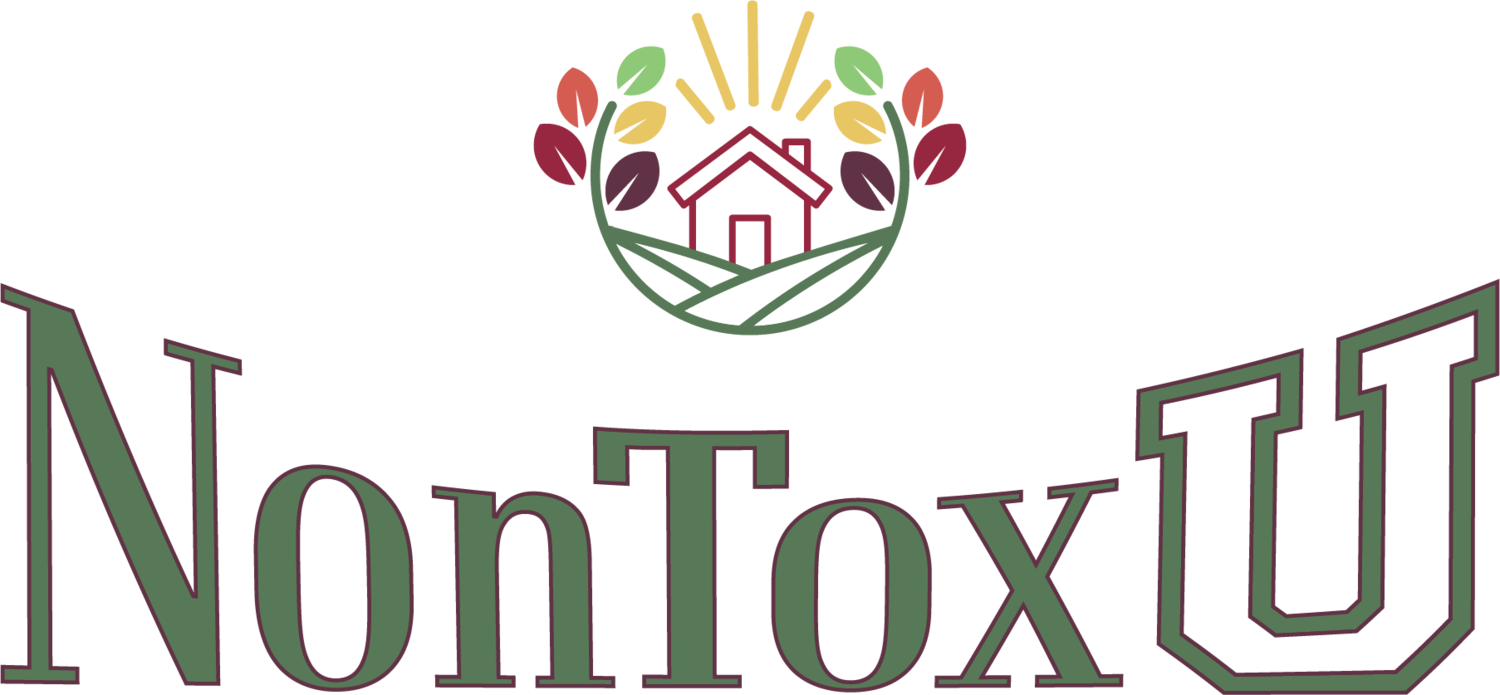Styrofoam in Hydroponics
August 3, 2019 by Lisa Powers
Question from TL
Hi, I have seen styrofoam float used widely in hydroponic farming. Agree hydroponic is pesticide free, but does styrofoam has similar"food grade" like PU foam MDI or is styrofoam used in hydroponic farming safe at all? Thank you.
Lisa’s Answer
There are two primary forms of polystyrene; solid and foam. Polystyrene foam is either EPS (expanded polystyrene) or XPS (extruded polystyrene). Styrofoam is a brand name for EPS and is used for products like foam drinking cups. XPS is a denser foam and is used for insulation as well as in food packaging, such as meat trays. A product used for flotation would be foam polystyrene and could be either EPS or XPS. Both are considered food grade.
But, back to your questions: are they safe?
According to chemicalsafetyfacts.org, The FDA as well as the European Commission/European Food Safety Authority consider polystyrene safe for use in contact with food. However, the EPA consider styrene, which is a primary component of polystyrene, a probable human carcinogen. The reason for the discrepancy is that the FDA considers the migration of styrene form polystyrene products into food and beverages to be significantly below FDA guidelines.
So, you need to make the call for yourself. Personally, I don’t want to risk leaching of a probable carcinogen into my food. It is possible to uses polyurethane floats in hydroponics however, according to 365aquaponics, polyurethane is sometimes “improved” for better insulation by adding isocyanurates, which are hazardous chemicals. Its' also worth noting that some XPS foam board is Greenguard certified. Don’t let this fool you; Greenguard does not test for leaching into food or water so it says nothing about the safety of eating food grown in this meduim.
I don’t mean to give hydroponics a bad rap. There are materials used in conventional farming that also cause concern. It highlights the lack of transparency in food production as a whole. If you are growing your own food or buying from small, local producers it makes sense to understand the materials used in the process.
These are archives of Q&A asked by readers and answered by Debra Lynn Dadd (from 2005-2019) or Lisa Powers (from 2019-2020). Answers have been edited and updated as of December, 2020.
